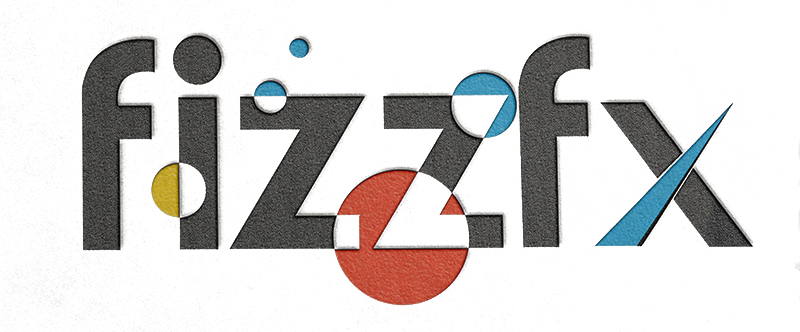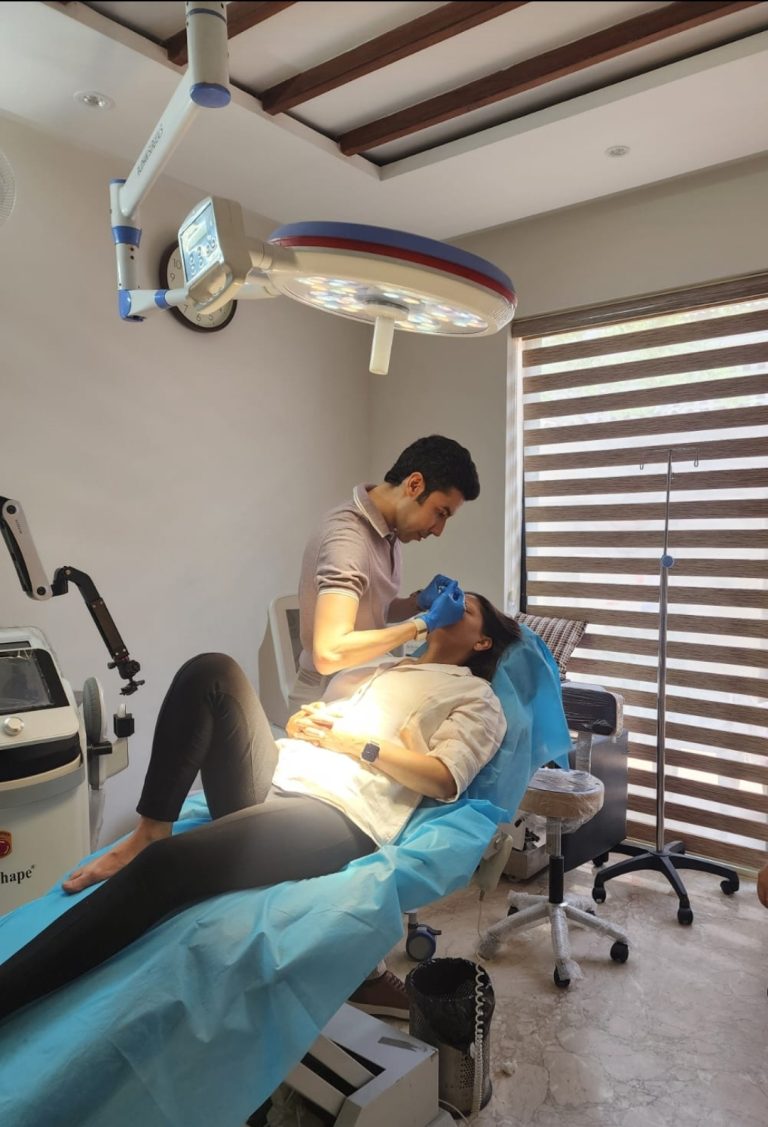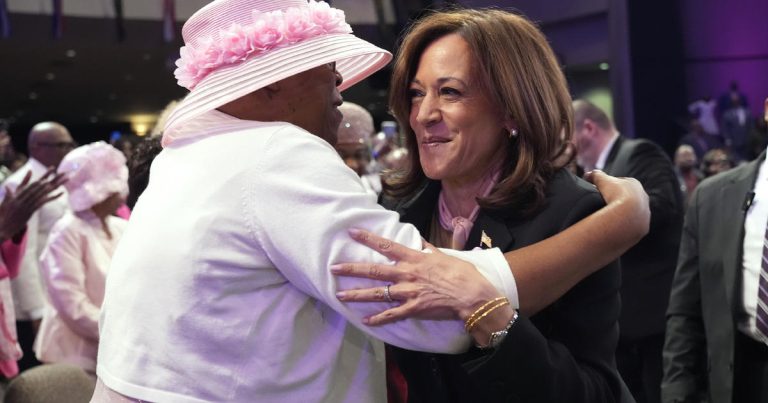In a momentous development in the Texas legal system, the Texas Supreme Court denied the petition from a state house committee to delay the execution of Robert Roberson, convicted for the 2002 murder of his 2-year-old daughter, Nikki Curtis. The court’s decision has thus effectively cleared the path for setting a new execution date for Roberson.
Robert Roberson’s conviction came about in relation to allegations that his daughter fell victim to shaken baby syndrome, a diagnosis that has since been intensely questioned and disputed by numerous medical professionals and Roberson’s attorneys alike.
Nikki Curtis, Roberson’s young daughter, lost her life tragically in 2002. The allegation was that Roberson had caused his daughter’s death by violent shaking or shaking and impact, also known as shaken baby syndrome (SBS). SBS is a controversial and highly debated diagnosis that asserts that certain signs and symptoms, including subdural hematomas, retinal hemorrhaging, and brain swelling, are primarily or exclusively caused by violent shaking.
The legitimacy of Roberson’s conviction has been a subject of considerable dispute, as new scientific findings and a general shift in medical science consensus have cast a long shadow over the reliability of shaken baby syndrome as a diagnosis. Roberson’s defense attorneys argue that the grounds for his conviction were flawed, relying on a now-debunked medical theory.
Roberson, now in his mid-50s, has consistently maintained his innocence. He has argued from the outset that his daughter’s untimely death was the result of a fall from her bed, rather than the result of intentional, violent shaking.
Despite these considerable doubts over the conviction and the reliability of the shaken baby syndrome diagnosis, the Texas Supreme Court sided against a delay in Roberson’s execution. The state court’s decision has effectively refuted the attempts from the state house committee and Roberson’s defense to have his execution postponed.
The state house committee had hoped to delay Roberson’s execution in order to allow further investigation into the case and the validity of the evidence used to convict him. However, according to legal documents, the Texas Supreme Court deemed the request unnecessary and, in essence, cleared the way for a new execution date to be set for Roberson.
The decision is a significant one, marking a crucial juncture not just for Roberson, but also for the overall Texas justice system. It comes at a time when the diagnosis of shaken baby syndrome has been increasingly criticized and reconsidered within the broader medical community. But, despite this, it appears that this scientific debate has not significantly penetrated the legal realm to the extent that it would impact a case as consequential as Roberson’s.
As the Texas Supreme Court upholds its decision, it seems the date for Roberson’s execution will be determined soon, even as debates continue to swirl around the shook-baby syndrome diagnosis and its application in the legal sphere. The case serves as a stark reminder of the profound consequences of the intersection between law and science.




